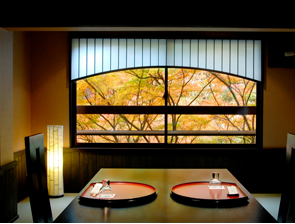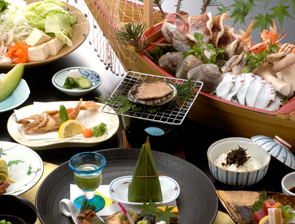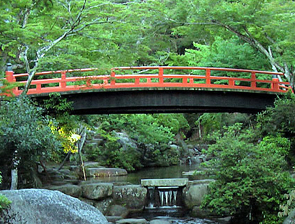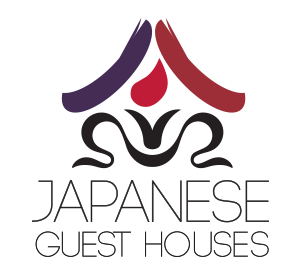Hot springs have a very long history in Japan, and they are an intimate part of Japanese culture. There are over 3,000 "onsen" ,or hot springs, in Japan. Many can be found at the ryokans available on Japanese Guest Houses.
Popular Destinations
Kyushu
Hokkaido
Kansai
Tohoku
Shikoku



At a Japanese ryokan, one of the highlights is dining on “kaiseki” (a traditional, multi-course dinner). Indeed, many Japanese think of a ryokan as a place to dine on “kaiseki” rather than as a type of accommodation. One Kyoto ryokan owner told me that over 70% of his income was from his diners while the rest came from overnight guests. What exactly is kaiseki? The term “kaiseki” means hot stone in a kimono fold, and it is believed that Zen priests would tuck hot stones wrapped in towels next to their stomach to cure their hunger pangs during their morning and afternoon prayers (the term “kai” means a fold in a kimono and “seki” means stone). In this way, it was believed that only a small amount of kaiseki would be enough to take away your hunger. Originally, kaiseki was a simple, vegetarian meal served during the traditional tea ceremony. It was thought the tea would taste better if the guests were not so hungry. Today kaiseki is no longer a strictly vegetarian meal but may also include both meat and fish.
One kaiseki dinner can consist of anywhere from 6 to 15 different kinds of food. For example:
The kind of food served will change according to the different months, seasons, and what is freshly available at the local market. It also depends on the area. For example, a kaiseki served in February in Kyushu would be different than a kaiseki served February in northern Honshu.
It is said that kaiseki is a meal at one with nature. In fact, guests will often find such things from nature as flowers and leaves adorning the food. The ingredients are natural, of high quality, and chosen according to the season. Most important of all, the ingredients are all freshly served. (Please note: this is why it is so important guests check in on time at a ryokan. Check-in time is before 17:30 (5:30) so the chefs have time to properly prepare the kaiseki meal. However, if guests check in late then the kaiseki is ruined since the ingredients are no longer fresh). Throughout the meal, each course is served immediately after it is prepared so as to maintain the freshness of the ingredients. The design and the display of the food is a reflection of shapes found within nature. For example, the food represents such things as forests, mountains, islands, flowers, and leaves. The food and the tableware also contrast in color, texture, flavor, consistency, and shape just as in nature.
The kaiseki menu changes throughout the year and the cycle of change begins in November when the year’s first tea is ready for grinding. This year is divided into 12 months, and both the food and the tableware reflect the changing months and seasons.
Hyogo-ken Chijitoroku Ryokogyo 3-609
(Hyogo Prefecture Travel Agent License Number 3-609)
10-5-401-1-(2) Sakae-machi, Kawanishi-shi, Hyogo-ken Japan
Part of the Rediscover Group of Travel Companies Rediscover Japan Co., Ltd. (Japanese Guest Houses)
Website Design & Marketing by: Douglas Marketing Group

